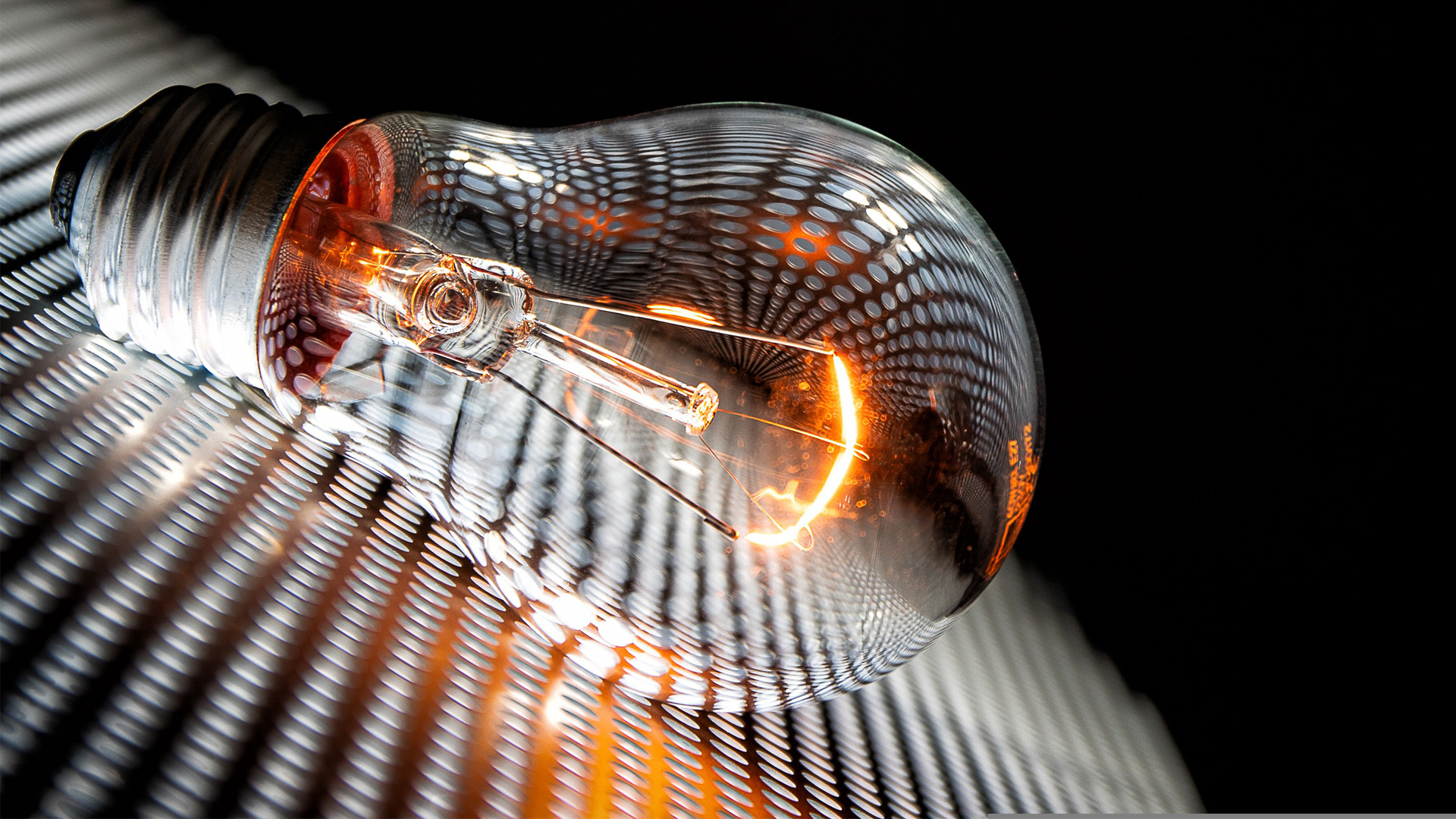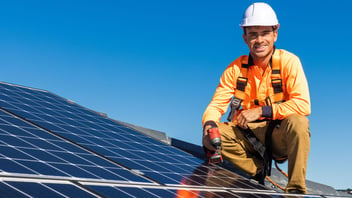Keeping the lights on: Around-the-clock solar reliability

Years ago, as renewable energy sources like wind and solar first started to gain mainstream attention, their capabilities were met with concern regarding real-world usefulness: What happens to homes and businesses relying on wind energy during a still day? If we all install solar panels, will we be expected to go without power between sunset and sunrise?
We’ve come a long way since then. While it was never really true that you’d simply be expected to live without electricity for hours at a time, it’s flat-out incorrect to imagine our current systems of renewable energy as impractical guesswork, offering supplies of energy that change as often as the weather.
In fact, that scenario couldn’t be further from the truth. We absolutely have the tools and technologies to ensure that renewable sources function in any weather and around the clock. Anyone who says it’s impossible to build a clean and dependable energy system in 2022 is almost certainly harboring a hidden motive. (We’ll pull back the curtain here—The people still saying this are representing oil and gas companies that want to keep you dependent on fossil fuels. The motive is profit.)
Of course, reliable energy is important to everyday life and it’s essential to make decisions with confidence, so let’s take a closer look at the reasons you should feel good about around-the-clock operations as you consider a transition to solar energy.
Increased availability with battery storage
The primary opportunity to access solar energy in moments when it isn’t actively being generated comes in a very simple, familiar form: battery storage. Lithium-ion batteries—the most common type of solar battery currently in use—are the very same type of battery that power today’s smartphones, and the functionality is just as straightforward. On a sunny day, the amount of energy being generated often exceeds the amount that is actively being used. That excess power charges a battery installed along with a property’s solar panels, leaving it available for use the next time sunlight isn’t readily available.
Maybe it sounds a bit far-fetched to believe that a battery can power your business or home the same way it fuels your daily social media scrolling. But we’ve seen the power of solar batteries in action! As recently as a few weeks ago, residential solar batteries in California contributed an amount of energy to the grid exceeding the production capability of a mid-sized power plant, effectively preventing outages during a heatwave. Solar battery storage isn’t designed with fun and games in mind—it’s a real way to meet our energy needs.
New support for energy storage projects
There’s more reason than ever to believe in the potential of batteries. Signed into law in mid-August, the Inflation Reduction Act offers unprecedented financial support for the domestic production of battery storage. The bill established the country’s first-ever standalone tax credit for the development of clean energy storage, reducing the total cost of a storage project by 30 to 50 percent.
This means two things for anyone looking to harness the 24/7 potential of solar energy: First, the sheer volume of battery storage projects in the United States will grow now that their financial viability has drastically improved. Second, the incentives to develop entirely new technologies for storing clean energy have never been stronger. With greater availability and increased innovation, we can only expect the capabilities of energy storage to become stronger from here.
Taking the first step
Even with the robust potential of battery storage in mind, it’s worth mentioning that your transition to renewable energy doesn’t require a dramatic, all-at-once breakup with your current energy source. It’s not a choice between doing nothing or going completely off the grid.
Catalyst Power’s Connected Microgrid replaces a modest amount of your current power supply with clean energy while maintaining its ties to the larger grid, along with available battery storage. Consider it a first step toward your solar-powered future. By making the decision to get started now, you’ll be at an advantage when the time comes to implement additional solar generation and storage capabilities later on, while immediately enjoying the cost savings and protection against power outages that a Connected Microgrid can provide.
It’s a meaningful move in the right direction, and with more support than ever for technologies that keep renewable energy flowing around the clock, it’s a choice you can make confidently. You’re joining a powerful movement that continues to gain momentum, putting yourself in the right place to be on the cutting edge as the future of energy arrives.



